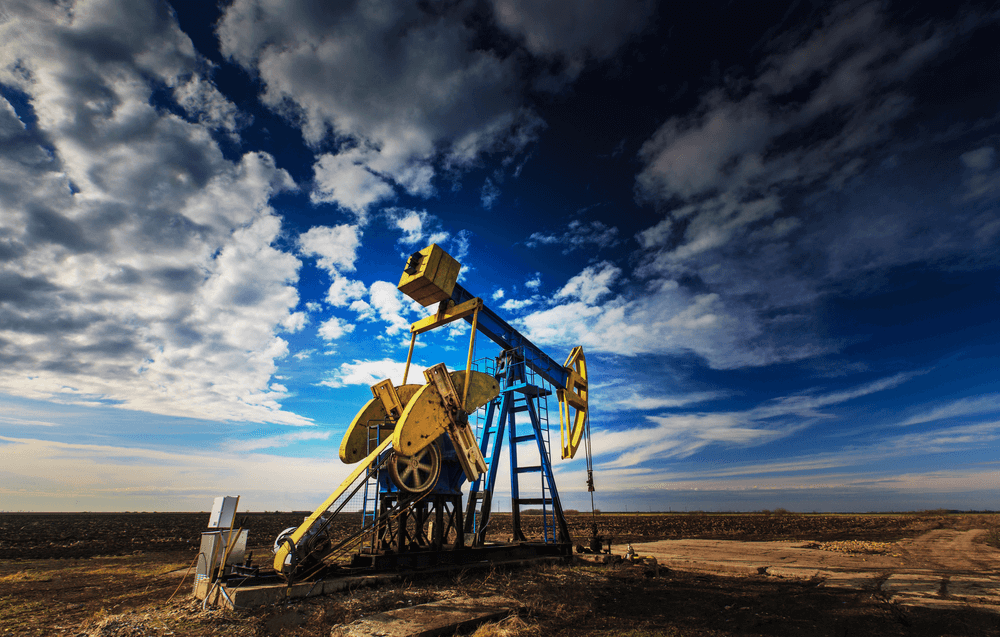
The Growing Importance of Environmental Detection in Oil & Gas Extraction
Vishvjeetsinh Chauhan
Introduction
The oil and gas extraction industry has long been a backbone of global energy production. However, it also has a reputation for causing significant harm to the environment. From oil spills to gas leaks, the industry has faced numerous environmental disasters over the years. But as the world becomes more environmentally conscious, the industry is evolving. Environmental detection technologies are now a crucial tool for oil and gas companies to monitor their impact and reduce risks.
According to a study by the International Energy Agency (IEA), “The oil and gas sector accounts for about 40% of global energy-related CO2 emissions.” This statistic shows how important it is to find better ways to protect our planet while continuing to extract these valuable resources. In this article, we’ll explore the importance of environmental detection, the technologies used, and why it matters for the future of the industry.
What is Environmental Detection?
Environmental detection is a term used for technologies that help monitor the impact of oil and gas operations on the environment. These tools detect pollutants, such as methane leaks or oil spills, and help prevent major environmental damage. Examples include:
- Sensors that detect methane or carbon emissions underground
- Drones used to monitor for oil spills in real-time
- Satellite monitoring for large-scale environmental changes
- Water and soil tests to check for contamination
For example, sensors are installed underground to detect methane leaks—one of the most dangerous pollutants in oil and gas operations. If a leak is detected early, it can be fixed before it becomes a larger problem.
Why is Environmental Detection Important in Oil & Gas Extraction?
There are several reasons why environmental detection has become a top priority for the oil and gas industry.
- Increased Regulation: Governments around the world are enforcing stricter environmental rules. According to UNEP, “More than 80% of countries now have some form of environmental regulations for oil and gas operations.” Companies that fail to comply face fines and shutdowns. Environmental detection helps companies stay compliant with these rules.
- Public Demand for Sustainability: Consumers and investors are more focused on sustainability than ever before. A 2023 report by GlobalData shows that “73% of consumers consider sustainability when making purchasing decisions.” Companies that are seen as environmentally responsible can build trust with customers and attract more investments.
- Cost Savings: Early detection of problems, like gas leaks or oil spills, can save companies millions. For example, it costs about $3 million to clean up an oil spill. But if a drone detects the spill early, it can be contained for much less money.
Technologies Used in Environmental Detection
There are several advanced technologies that help in environmental detection:
- Satellite Monitoring: Satellites can track environmental changes in large areas, even monitoring areas that are difficult to access. They provide real-time data that allows companies to spot potential issues early.
- Drones: Drones fly over oil fields and capture images of potential hazards like oil spills. They provide quick, accurate information without the need for workers to be in danger.
- Air Quality Sensors: These sensors measure harmful gases like methane, which is 84 times more powerful than CO2 over a 20-year period. Early detection of leaks can prevent huge environmental damage.
- Water & Soil Testing: Regular testing of nearby rivers, lakes, and soil can prevent contamination from spreading. If harmful substances are detected, companies can take action to clean up the area before it’s too late.
Benefits of Implementing Environmental Detection in Oil and Gas
Investing in environmental detection technologies offers a range of benefits:
- Improved Efficiency: Real-time data from sensors and drones means companies can act quickly to fix problems, leading to smoother operations.
- Risk Reduction: Early identification of environmental risks can prevent major disasters. In fact, the average cost of a major oil spill is about $1.5 billion. Detecting leaks early can save companies from these massive expenses.
- Better Reputation: As sustainability becomes a bigger concern, companies that lead in environmental protection gain trust from consumers. Companies like Shell and BP are increasingly recognized for their sustainability efforts, making them more appealing to investors.
Challenges and Limitations of Environmental Detection
Despite the many benefits, there are also some challenges to implementing environmental detection systems.
- High Initial Costs: The cost of sensors, drones, and satellite monitoring can be high, especially for smaller companies. However, as technology improves, these costs are coming down. The long-term savings from avoiding fines and cleaning up oil spills are well worth the investment.
- Technological Challenges: Not all areas are easy to monitor. Some sensors may struggle to detect pollutants in certain conditions, like underwater or deep underground. However, new technologies are continually being developed to overcome these limitations.
Conclusion
The need for environmental detection in oil and gas extraction is clearer than ever. With stricter regulations, increased public pressure, and the risk of costly accidents, companies cannot afford to ignore the environmental risks of their operations. By adopting advanced technologies like satellite monitoring, drones, and real-time sensors, companies can reduce their environmental impact, comply with regulations, and even save money.
Ready to Protect Your Business and the Environment?
If you’re in the oil and gas sector and want to ensure you’re staying ahead of regulations and minimizing your environmental impact, Rejig Digital is here to help. We offer the latest environmental detection technologies, from advanced sensor systems to drone surveillance. Our solutions can save you time, money, and help you protect the planet.
Let’s work together to create a safer, more sustainable future for the oil and gas industry. Contact us today to find out how we can help!